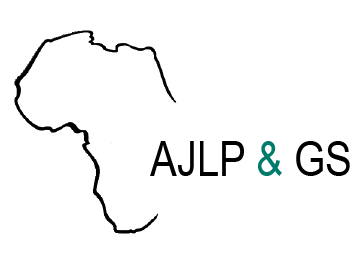Resource information
Context and background:Intelligent transportation is a dynamic field focused on enhancing travel efficiency, reducing congestion, and increasing convenience. Central to this domain is the collection and analysis of spatio-temporal data, enabling precise traffic flow predictions and the development of intelligent traffic management systems. Integrating geospatial data, encompassing road topology and proximity to public infrastructure and transportation services, presents a significant challenge in designing effective intelligent transportation systems. Despite the availability of extensive geospatial databases, their optimal utilisation necessitates advanced data analysis techniques.Goal and Objectives:This research aims to seamlessly incorporate geospatial data into intelligent transportation systems, utilising advanced analysis techniques. The primary objective is to leverage geospatial data to improve system performance.Methodology:Various data analysis techniques are explored for integrating geospatial data into spatio-temporal traffic prediction. Expert systems, DBMS, spatial data analysis, machine learning, and AI algorithms are evaluated for their effectiveness in leveraging geospatial and temporal data.Results: Machine learning algorithms demonstrate promise in accurate traffic forecasting using geospatial and temporal data. Diverse geospatial data sources, like aerial imagery and navigation systems, refine predictions and contribute vital insights for urban planning.These integrated spatial data categories—On network data and Off network data—contribute vital insights. On network data provides road network characteristics, encompassing lane counts, speed limits, and adjoining sections, while Off network data encompasses demographic, socio-economic, and land use information, crucial for deciphering transportation patterns and identifying growth prospects in urban development. Overall, this comprehensive study advances our understanding of efficient and convenient transportation systems, their environmental and societal implications, and offers valuable insights to mitigate traffic issues and enhance transportation services' quality.


